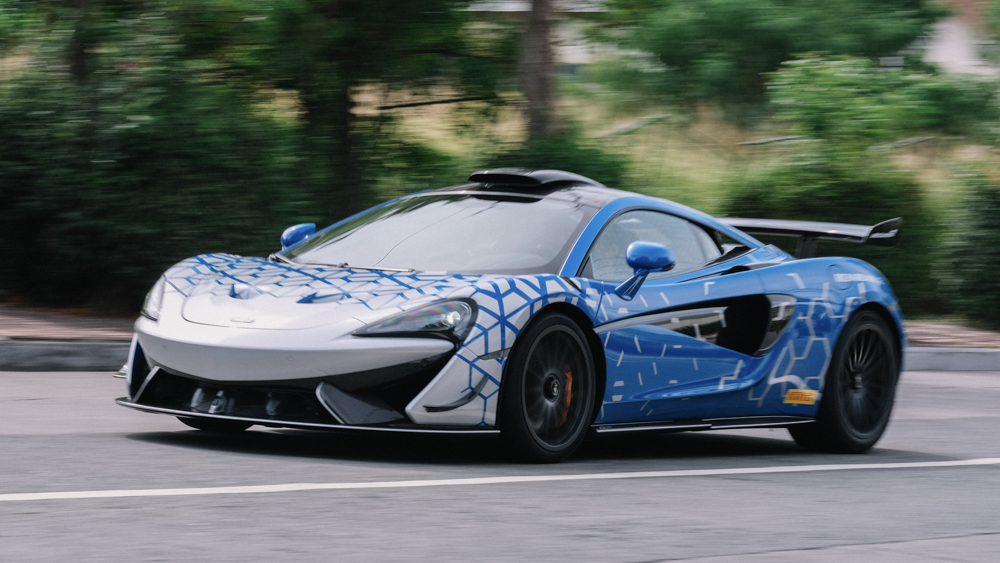
I’ve always loved track-focused cars. Big wings, hoods, splitters, diffusers, scoops and louvres; sticky tires on large and wide wheels; a spartan interior; and oodles of exotic materials (carbon fiber, titanium, magnesium, kevlar and inconel). This is the stuff you doodle on your notebook when you’re bored at school.
I’ve only driven a handful of these vehicles: the Nissan GT-R Nismo, the Audi R8 V10 GT, and the Porsche 911 GT3 and GT3 RS. Thankfully, I can now add one more to my roster: the McLaren 620R. It is also the rarest car I’ve ever driven. The 620R you see here is the 52nd out of a total of only 350 units produced.
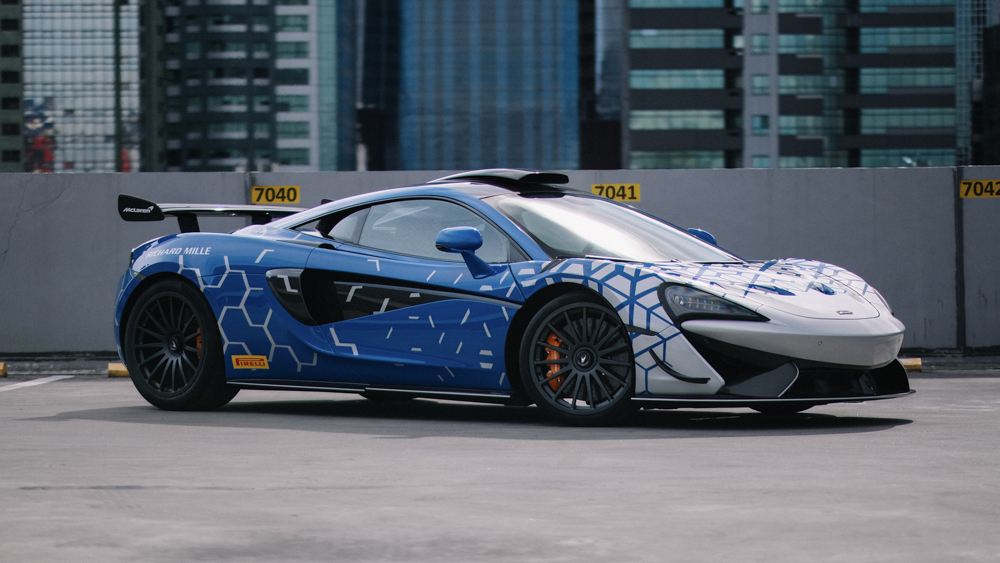
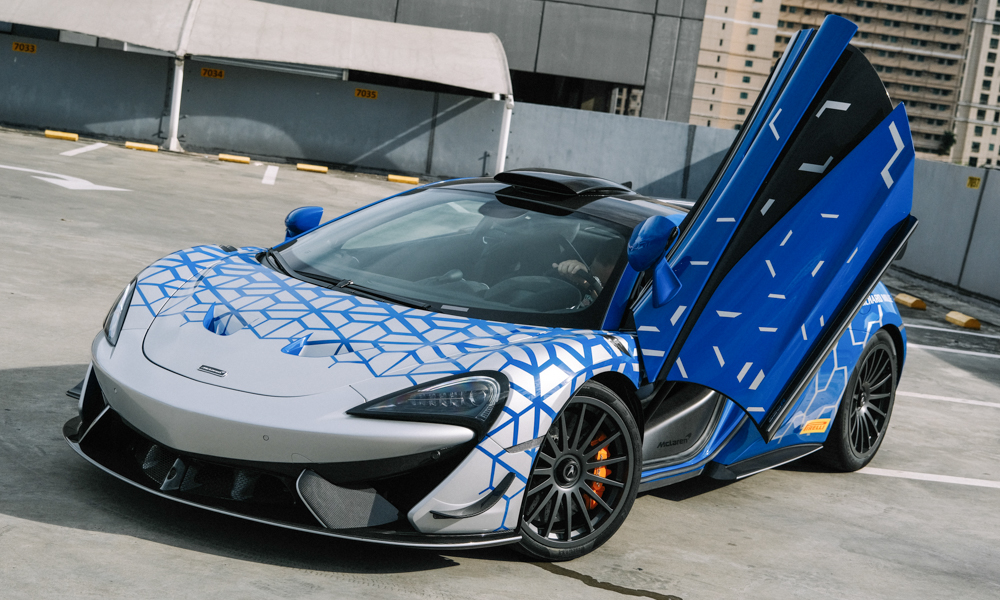
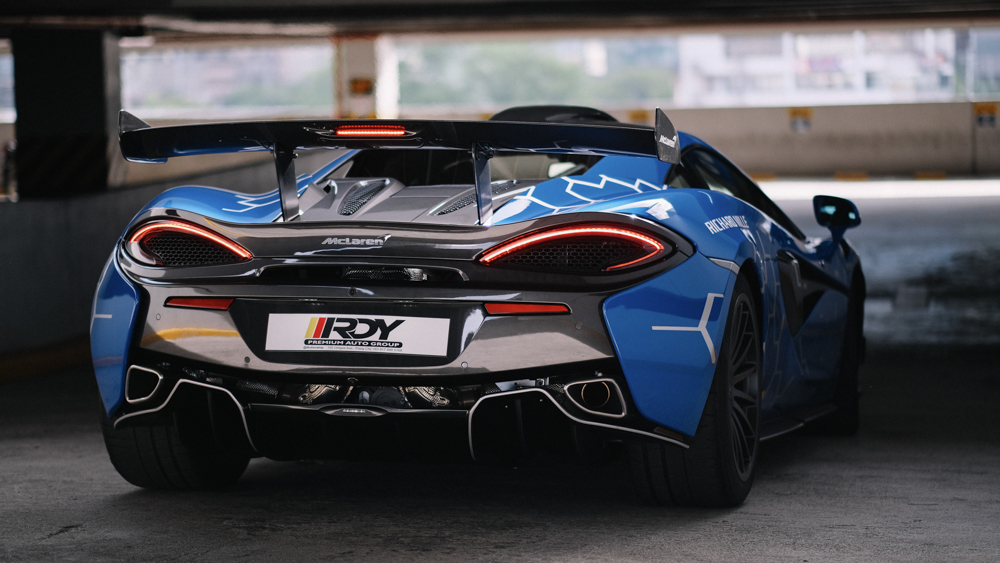
This isn’t a typical test drive, though. It was more of an experiential affair. I was casually talking to a friend, Richard Dy, of R. Dy Premium Auto Group, dealer of automotive exotica in the country. I told him how I had never driven any McLaren in my life, and that I had always wondered what it would feel like. Richard suddenly said: “Subukan mo ’yung mga McLaren ko.” At the time, he had a brand-new 620R and 765LT, and a used 600LT and 720S. My top two choices were the 620R and the 765LT. But by the time we finalized the schedule and pinned the logistics, the latter had already been spoken for. So the 620R, it is.
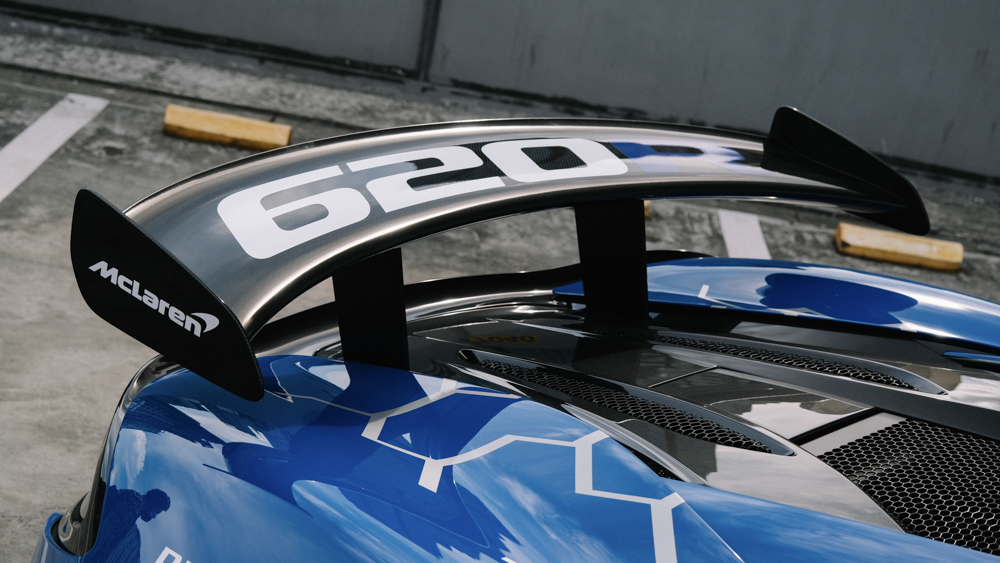
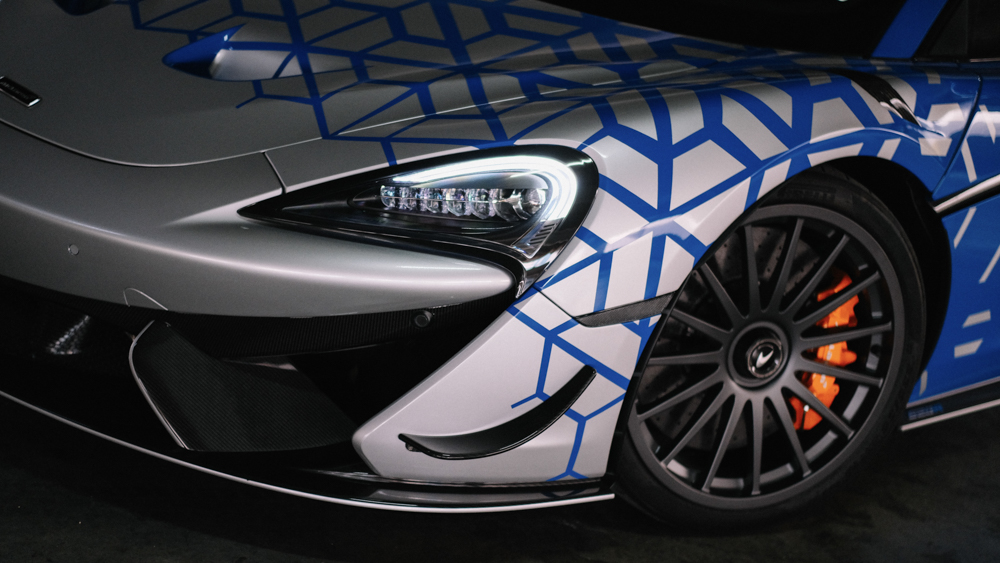
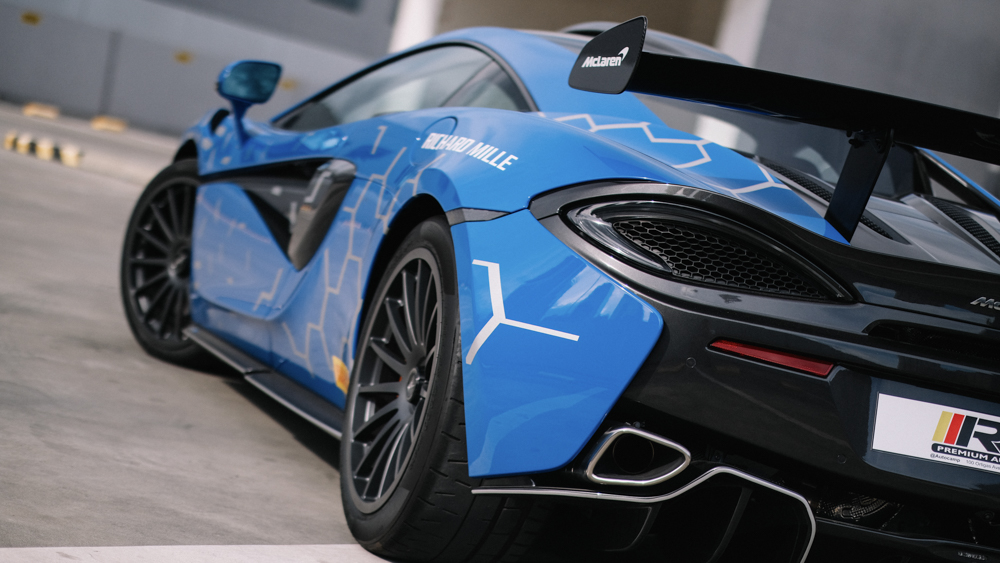
The 620R is a road-legal version of the 570S GT4 race car devoid of engine restrictors, thus freeing up output to 612hp and 620Nm. It rests on McLaren’s MonoCell II carbon-fiber monocoque chassis. The mid-mount 3.8-liter twin-turbo V8 engine sends power to the rear wheels via a seven-speed dual-clutch transmission. The rear wing generates a hefty 185kg of downforce at 250km/h.

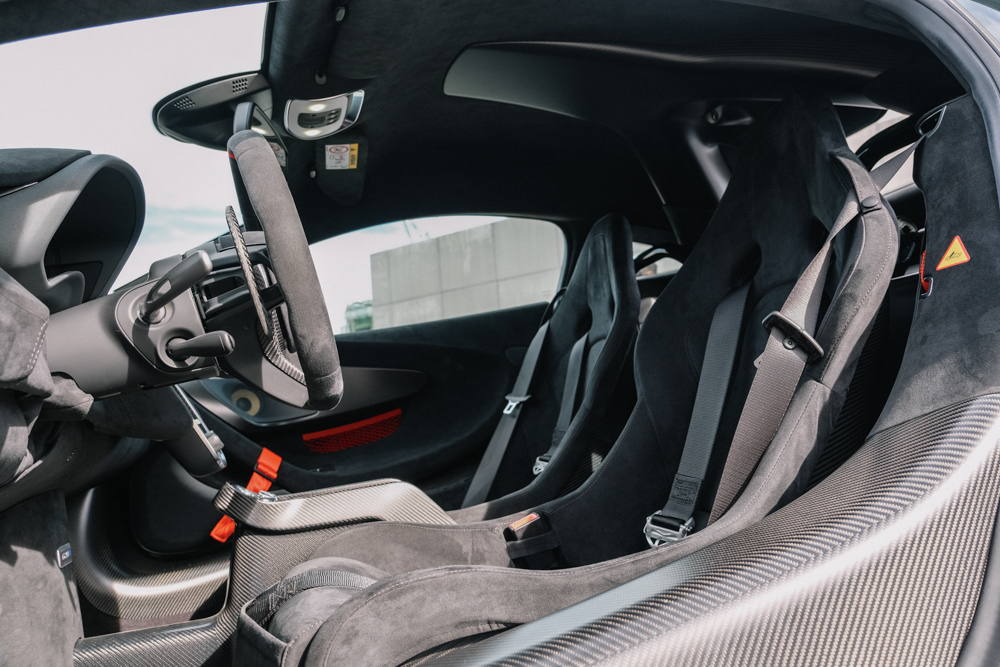
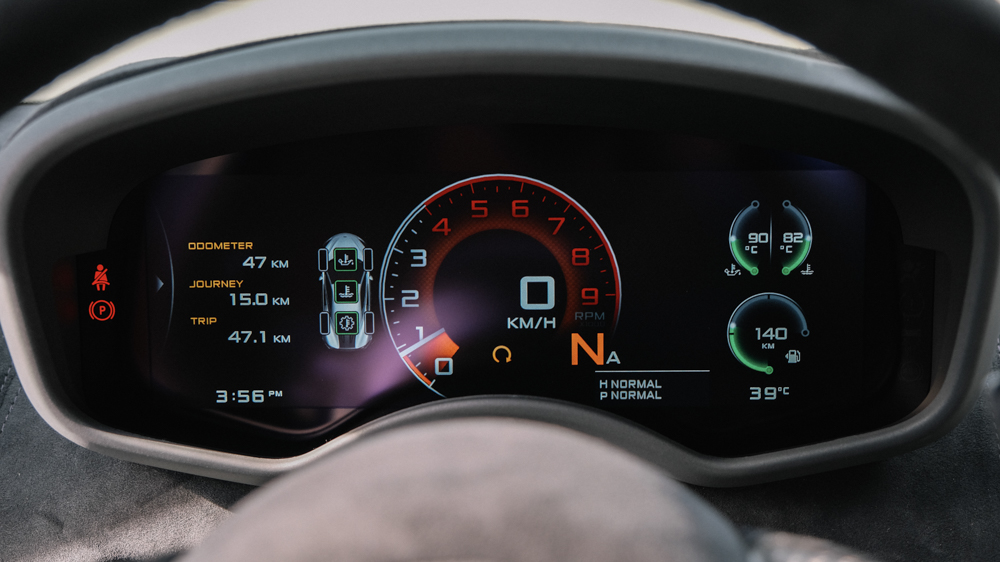
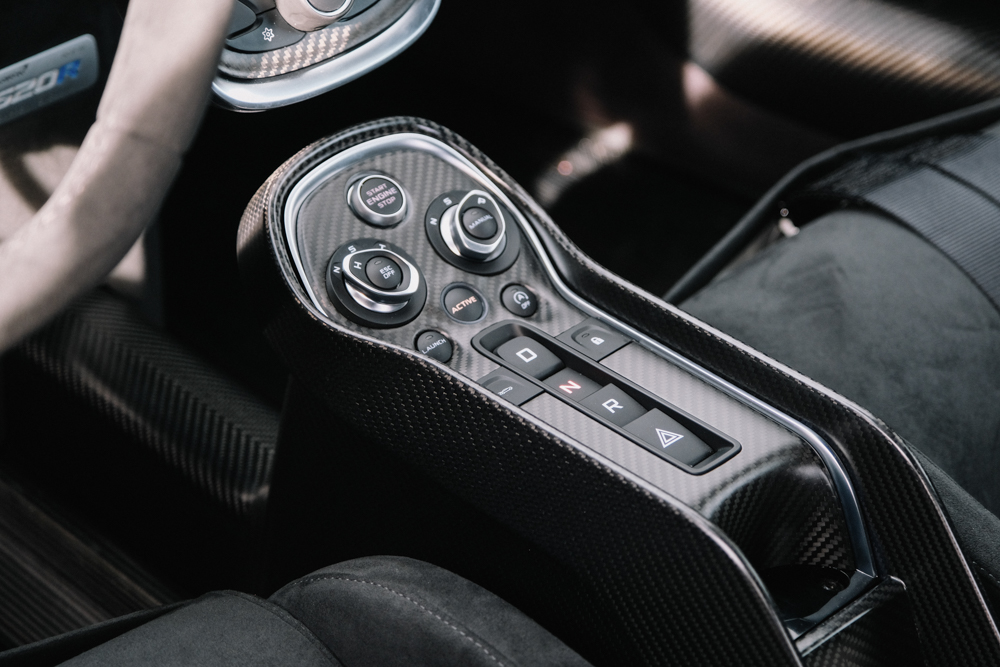
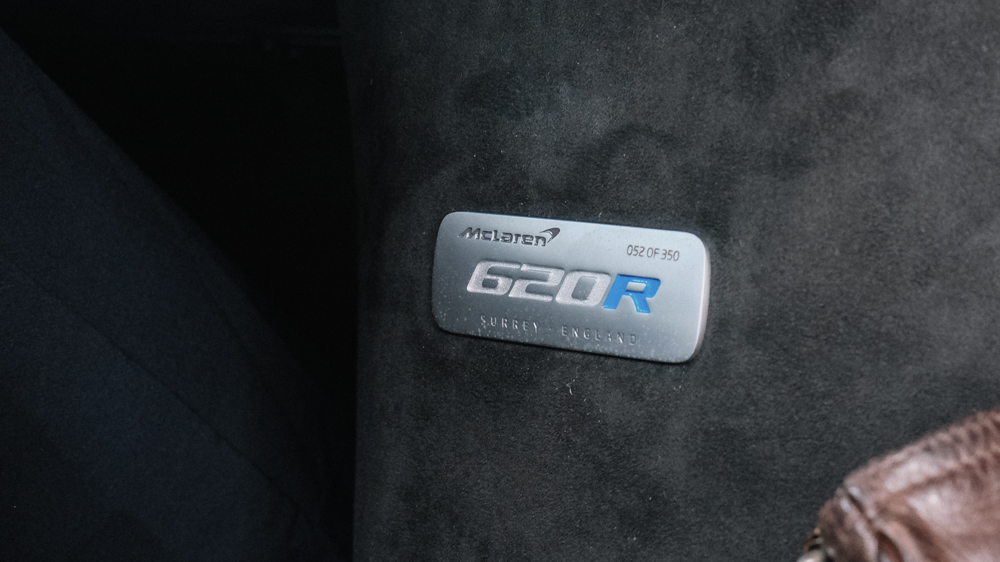
Our loaner unit had an interesting configuration. The suspension utilizes racing-style adjustable coil-overs with 32 levels of manual damping adjustment in lieu of the electronic adaptive damping system. There are also fixed carbon-fiber bucket seats with six-point harnesses, and, oddly enough, air-conditioning and an audio system.
It’s interesting how the in-car electronics work like a typical smartphone. I was having difficulty figuring out the controls. But our young visual editor Sam instantly figured out how to turn on the AC and the radio via the central touchscreen display. Rotary dials on the center console adjust driving modes and activate all sorts of things that would land me in jail if I perused them.
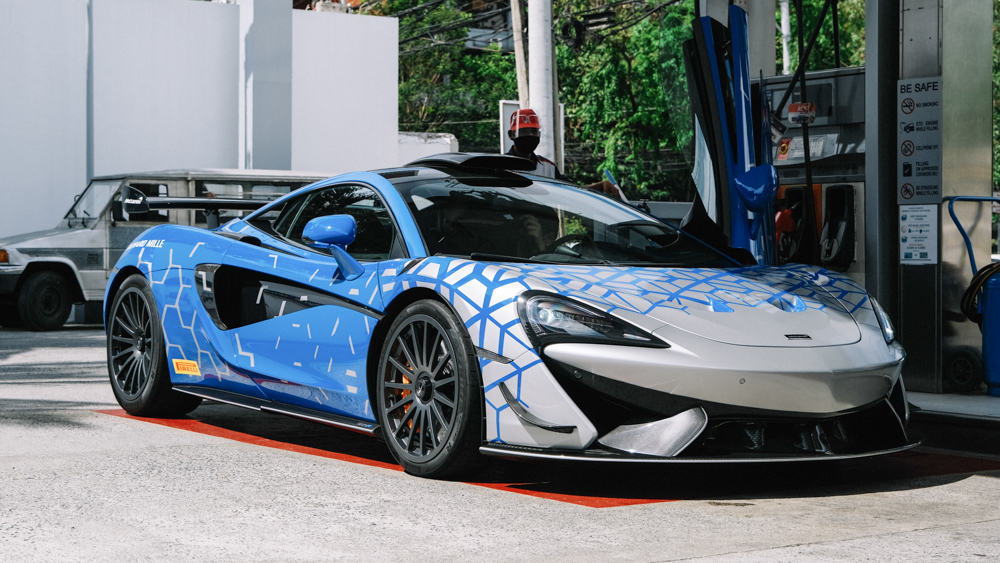
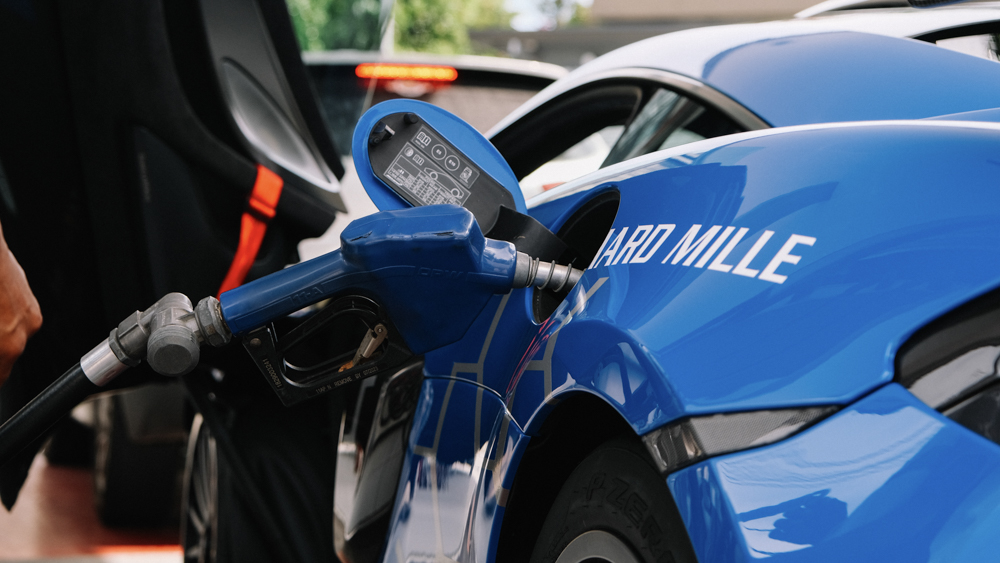
Given my girth, entering through the dihedral doors was embarrassing. I had to crawl, squirm and wiggle my way into the cramped cabin. But the fixed bucket seat is surprisingly comfortable despite forcing me to sit in a very racy, knees-high position. With the steering wheel adjusted close to my chest, we pulled the straps to shut the doors and slowly set off.
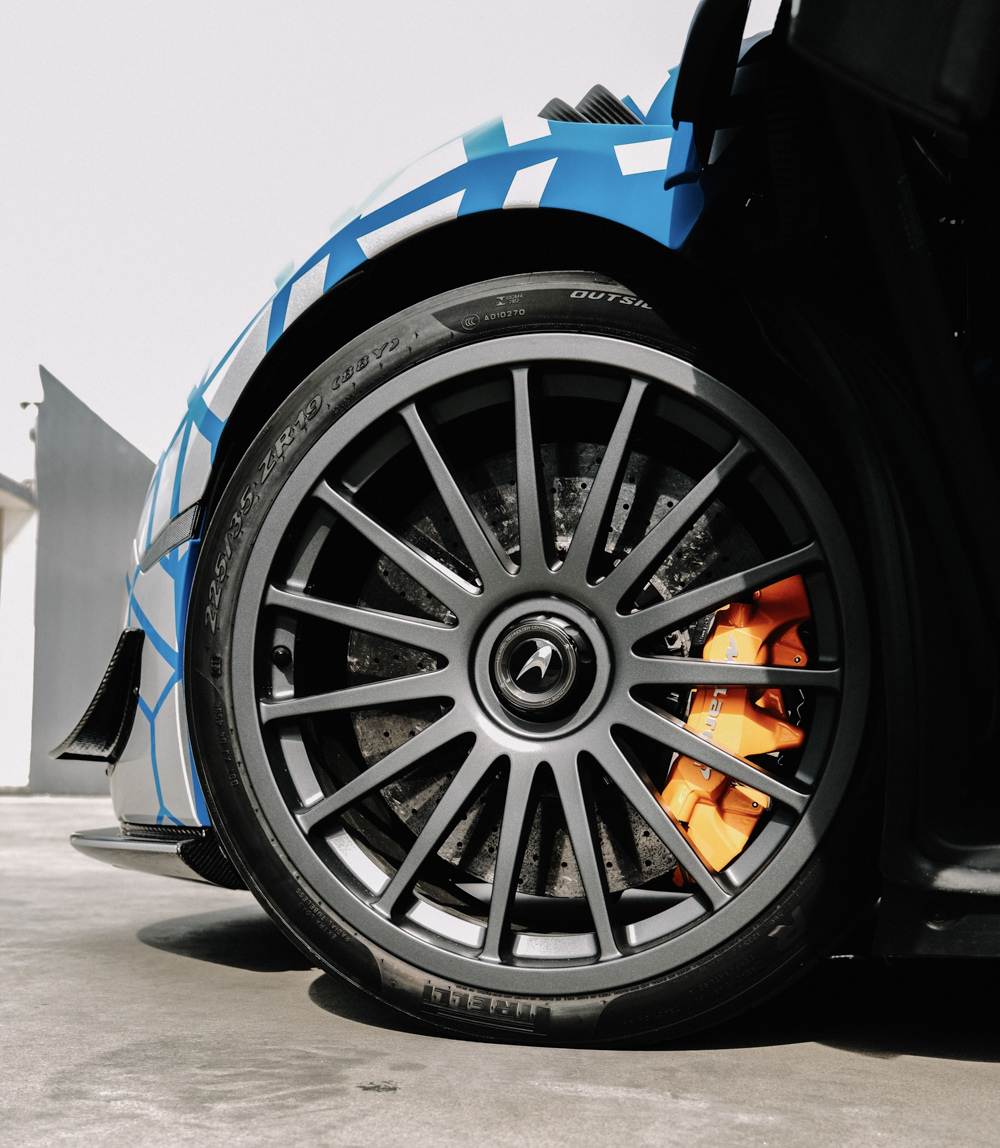
Two things became apparent. The incessant rattling of all the carbon fiber in the interior will drive you crazy, and the engine sound is a huge letdown—a cross between a vacuum cleaner and a washing machine. But around a track—and with a helmet—these won’t matter. In traffic, the 620R is nerve-racking. Because you sit very low, motorcyclists tower over you and you fear that absent-minded SUV drivers will fail to see you. But as soon as the road opens up, the 620R comes alive and effortlessly leaves everything in its wake.
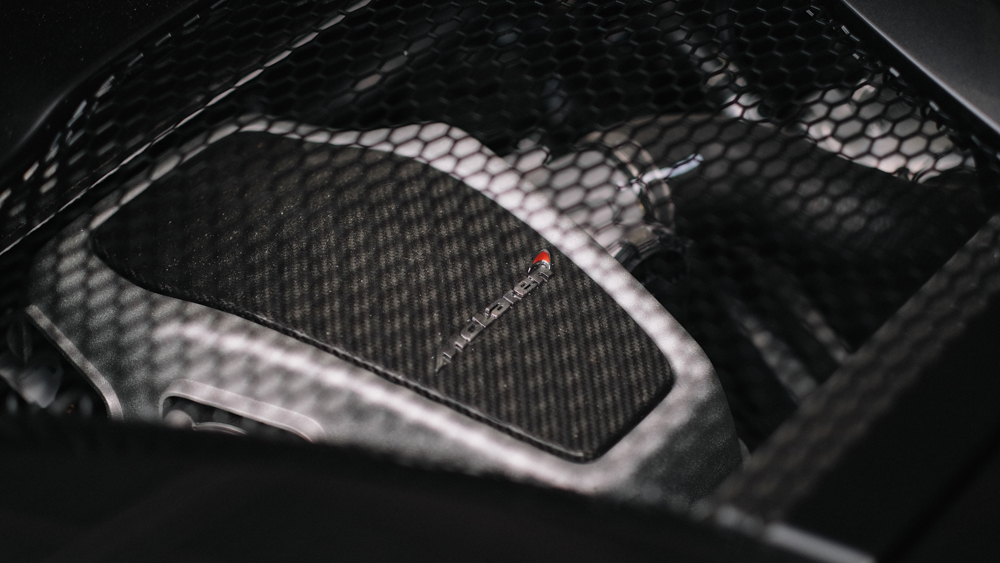
Power delivery is manageable. The constant turbo-chuffing is a reminder that more grunt is available. The electro-hydraulic power steering is the best I’ve ever tried in recent times. It is progressive and full of feel—weighting up naturally as the speed increases. It’s neither light nor heavy, but intuitively just perfect. The ride is surprisingly good despite the broken tarmac and the firm Pirelli P Zero Trofeo R road-legal track tires (225/40 R19 front and 285/35 R20 rear).
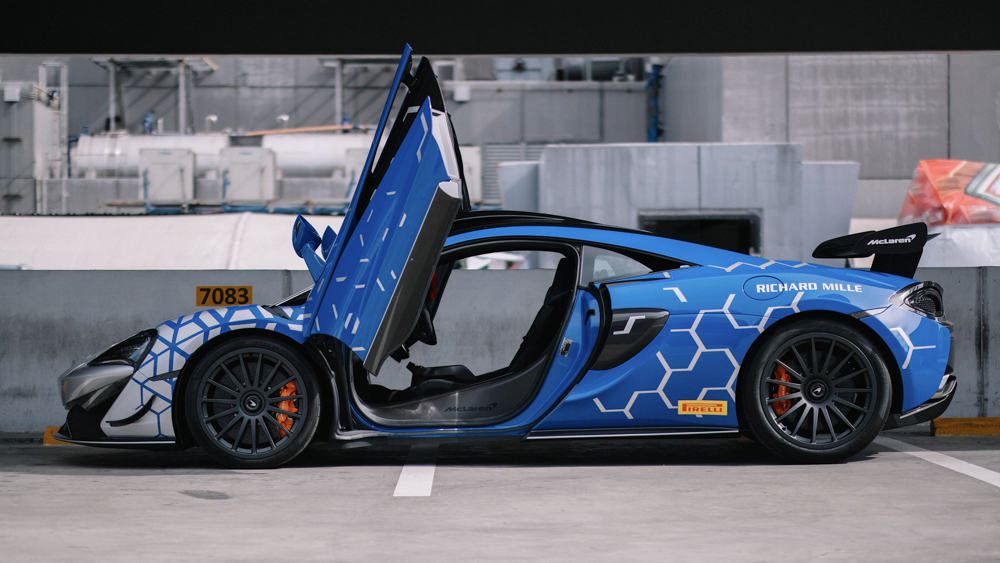
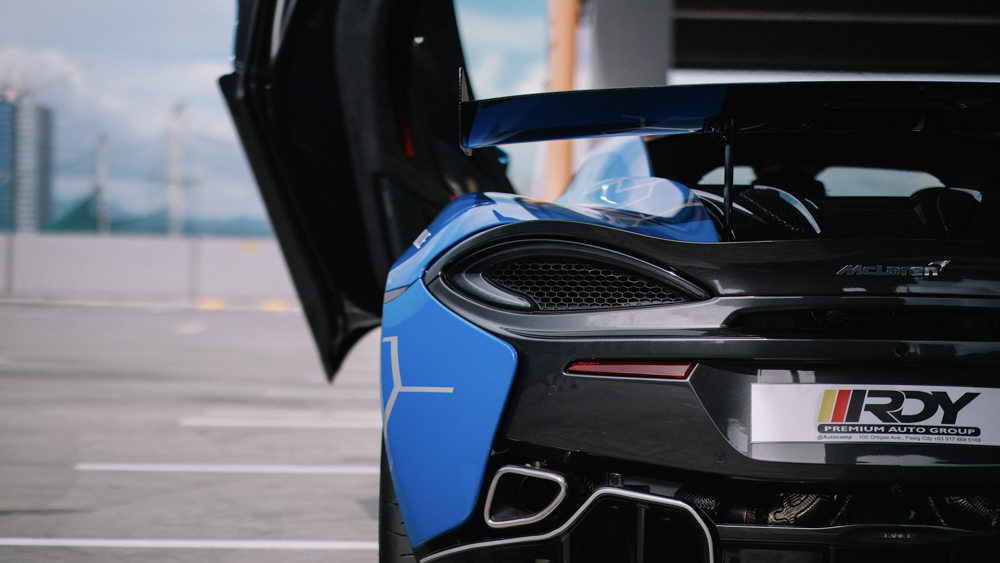
The massive 390mm front and 380mm rear carbon-ceramic brakes are absurdly powerful but difficult to modulate. Racing requires you to brake regressively; stomp hard on the pedal just before lockup, then gradually let off as you work the steering and the throttle. Left-foot braking is the key here, but I have two very wide feet so that won’t work for me as the floor-mount pedals sit very close to each other. Or it could be that I simply never reached the operating temperature of the discs and the six-piston front and four-piston rear forged-aluminum calipers.
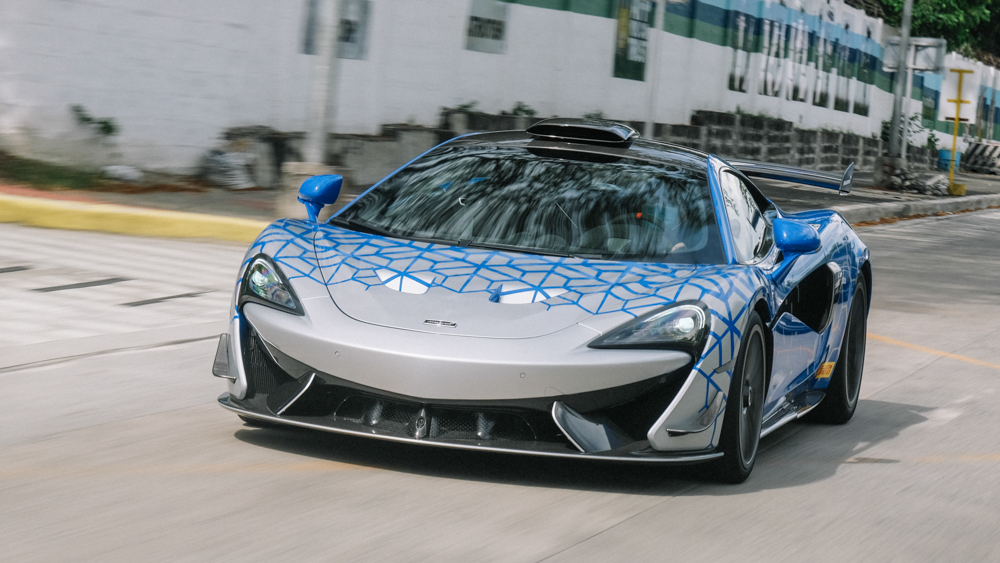
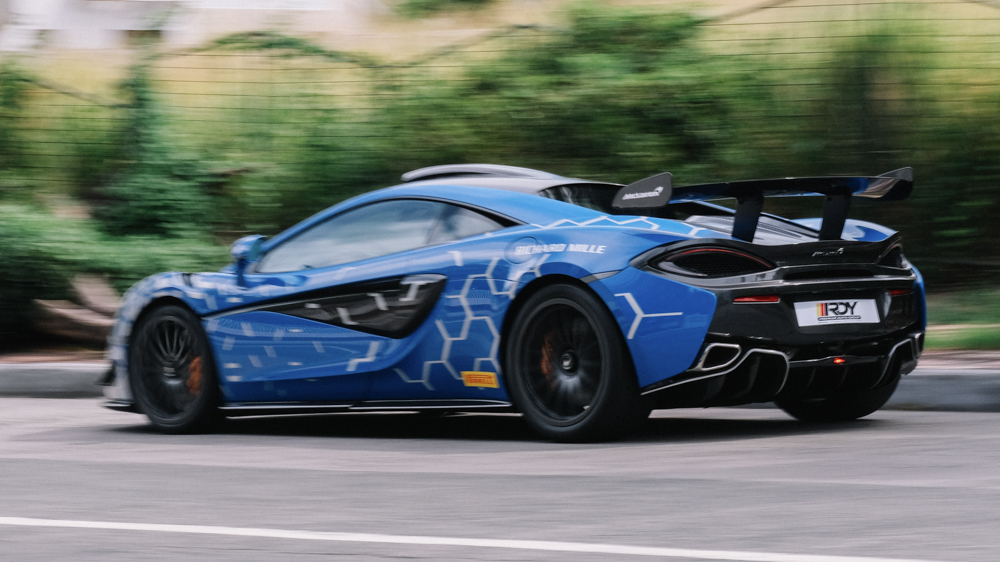
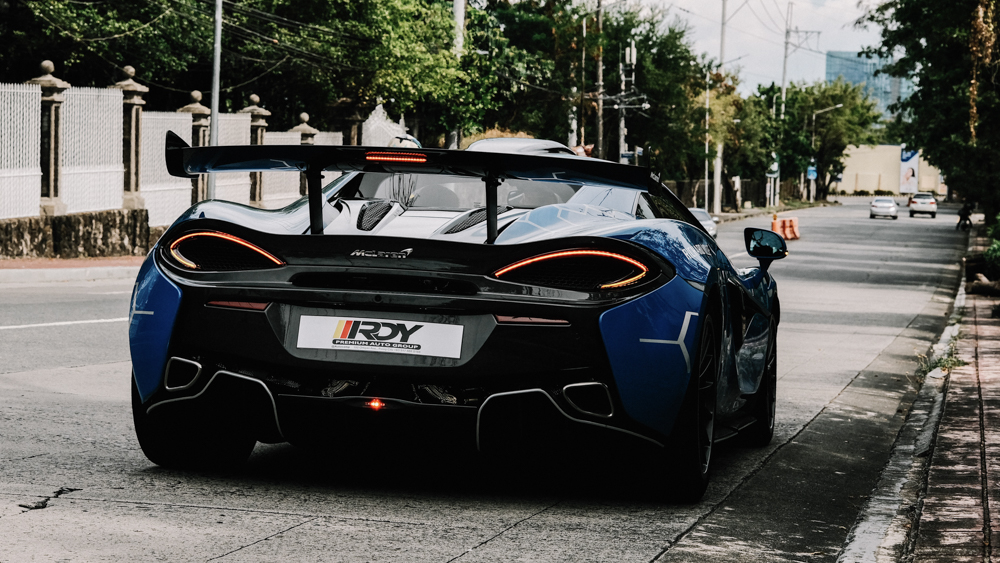
For obvious reasons, I didn’t get to test the claimed 0-100km/h time of 2.9 seconds (with launch control) and the 322km/h top speed. But during the few pulls to 4,000rpm that I did, I can tell you this is one of the fastest cars out of the box that I have ever driven. When cruising, the dual-clutch transmission is smooth in automatic mode, and McLaren’s paddle shifter pivots on a common axis or fulcrum on the steering column like a real Formula 1 car. Tugging on the right paddle moves the left one away from you, and vice versa. It gives you a more mechanical and organic connection to the car.
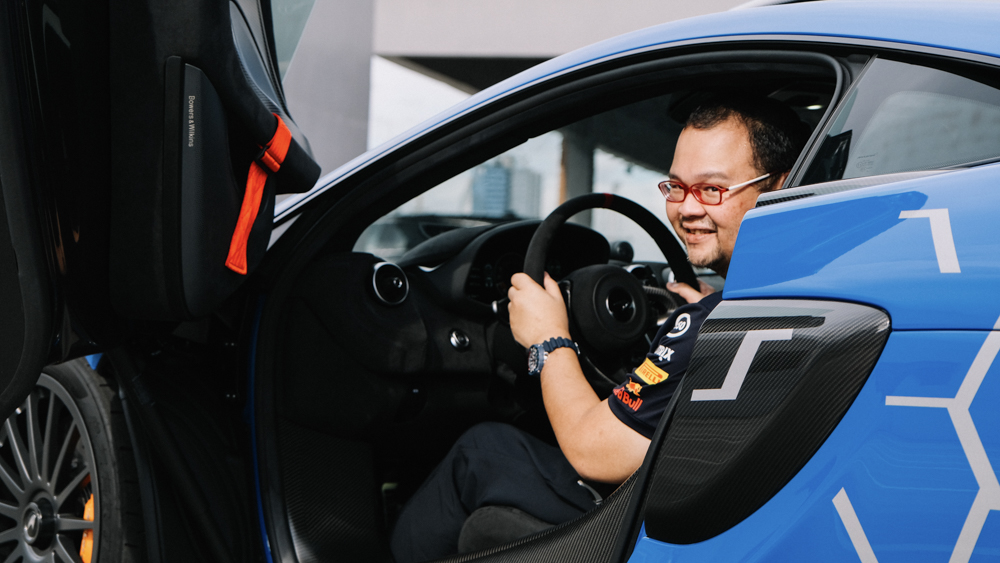
After the shoot, I returned the 620R to its base and left wondering when I could drive one again. It’s a little too early to say, but I think this is the best car I have driven in a while. It is certainly one of the top five that I’ve had the pleasure of experiencing behind the wheel. The P33-million (the seller’s asking price) 620R has aligned my senses—setting a new baseline for how a properly quick, fast and well-sorted car should feel. Maybe I should finally buy that lottery ticket now. Because if I win, I’m definitely getting a McLaren.

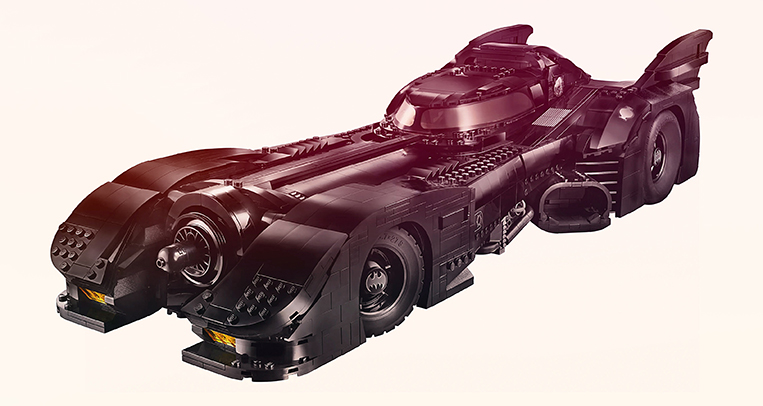


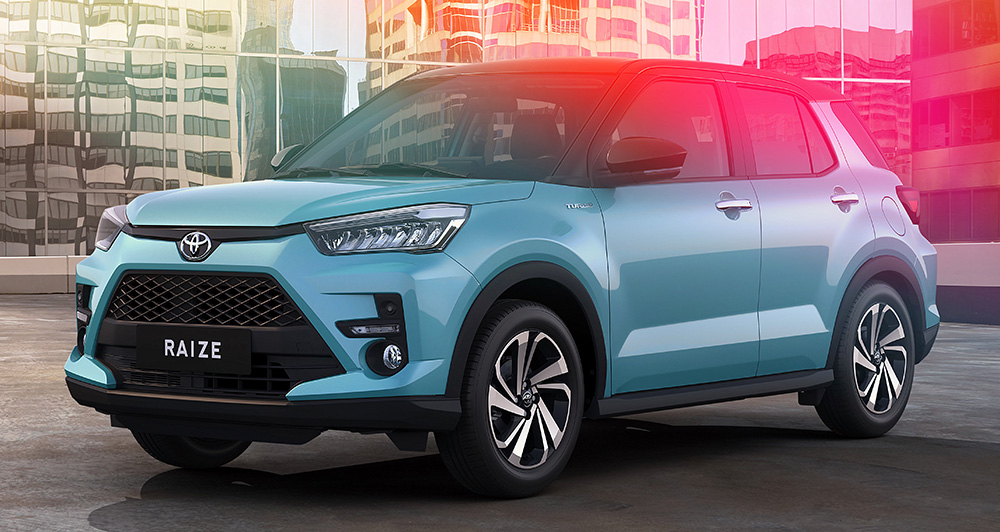
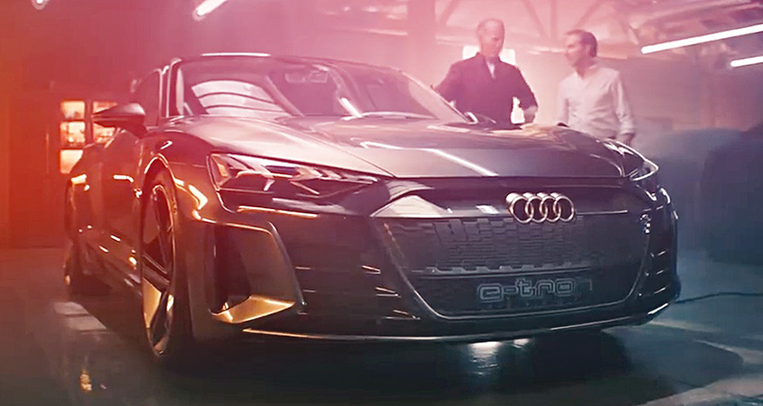


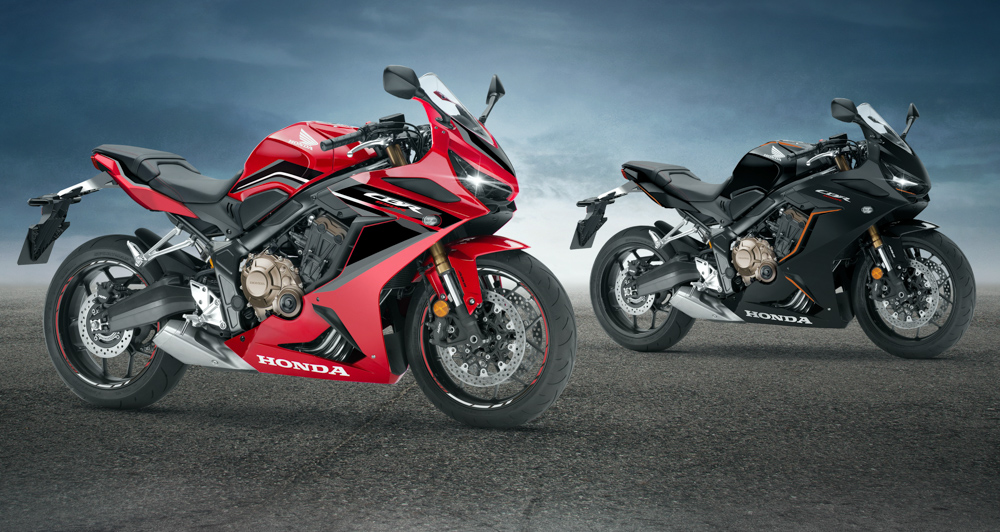
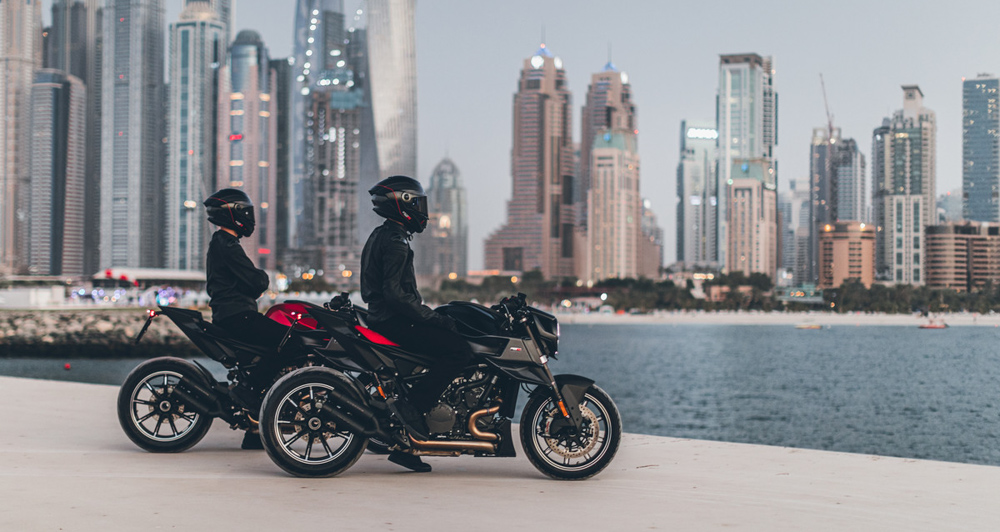

Comments